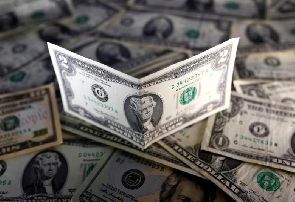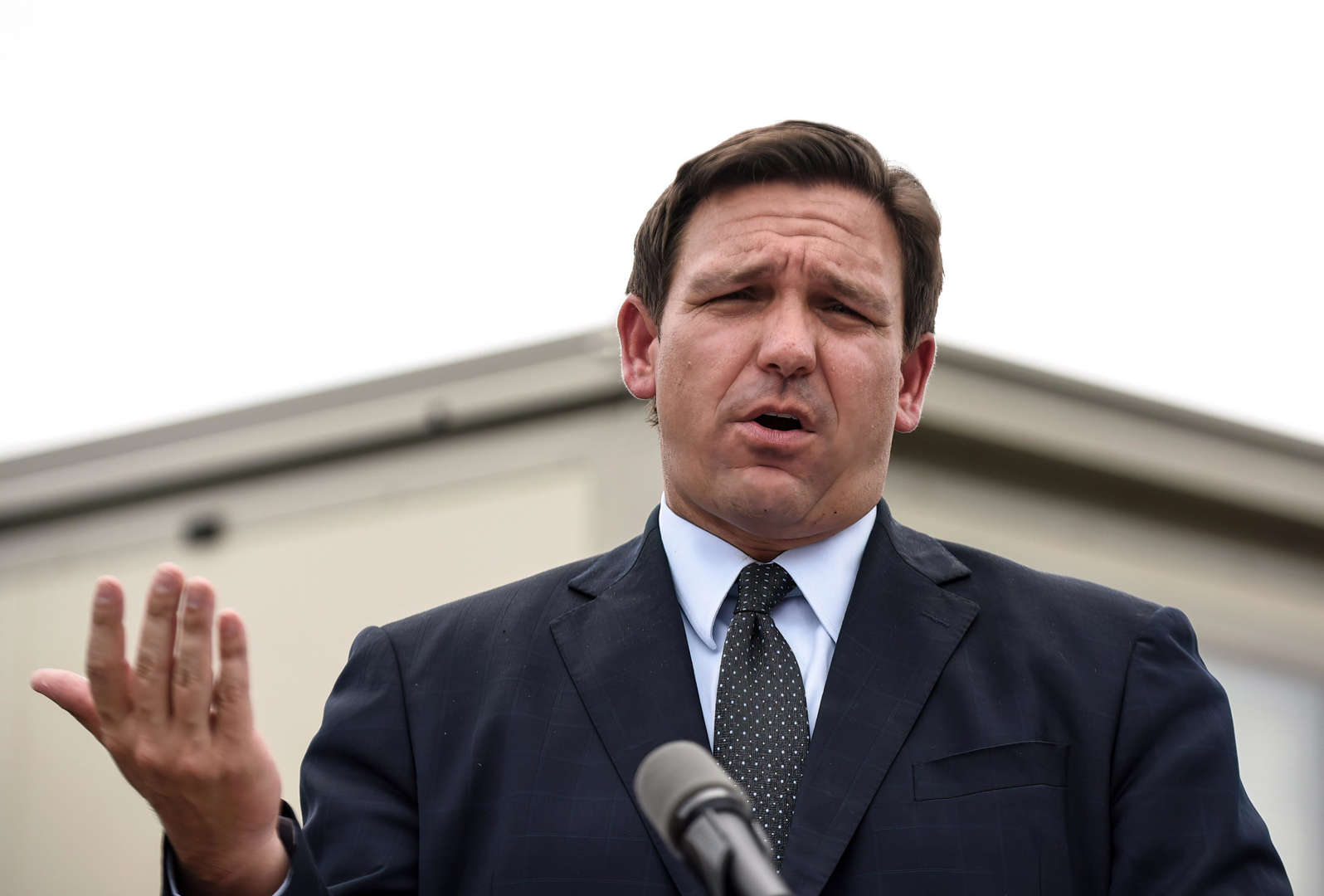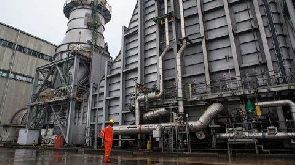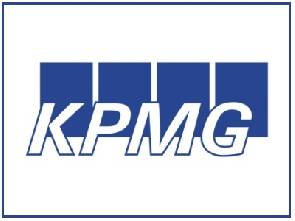US central bank policymakers want to see proof the country’s economic slowdown is temporary before they raise interest rates, according to minutes of their latest meeting.
They said it would be “prudent to await additional evidence… that a recent slowdown in the pace of economic activity had been transitory”.
Markets have been expecting a rate rise at the Federal Reserve’s June meeting.
The dollar dipped following the release of the minutes.
It was down by nearly 0.2% against the Dollar Index, a basket of foreign currencies.
Most officials on the Federal Open Market Committee of rate setters still expect to raise interest rates “soon”.
Gus Faucher, economist at Pennsylvania-based PNC Financial Services, said he was surprised to see the dollar fall.
He thinks new economic reports since the meeting, including jobs, bolster the case for a rate rise. He’s calling for a June increase and a second one by the end of the year.
“I think the data we’ve gotten since the meeting have indicated that those factors were indeed transitory, so given all of that, I would expect to see a rate increase,” Mr Faucher said. “This is in line with expectations.”
Some members of the Federal Reserve committee believe the global outlook has brightened, according to the minutes.
But “significant uncertainty” remains about the policies the government is likely to adopt under President Donald Trump, they said.
Amid the housing and financial crisis, the Federal Reserve lowered interest rates to boost the economy. They remain at record lows, with the committee raising rates just three times since the crisis, most recently in March.
The officials are also divided about what action they should take in the future.
Some members said there might be need for a more gradual approach to raising interest rates, noting that inflation has failed to accelerate as expected.
Others said more rapid action would be appropriate if, for example, wages started to rise or there were large changes to other US policies.
The minutes also signalled the Federal Reserve remains on track to trim its nearly $4.5 trillion portfolio, much of it in US treasuries and mortgage-backed securities, starting this year.
The holdings are a legacy of actions taken after the financial crisis, when the bank bought up securities to boost the economy, a move known as quantitative easing.
The bank’s holdings have been steady in recent years.
Members said they would maintain current policies but expected to discuss in more detail how to start winding down the portfolio at their next meeting in June.








